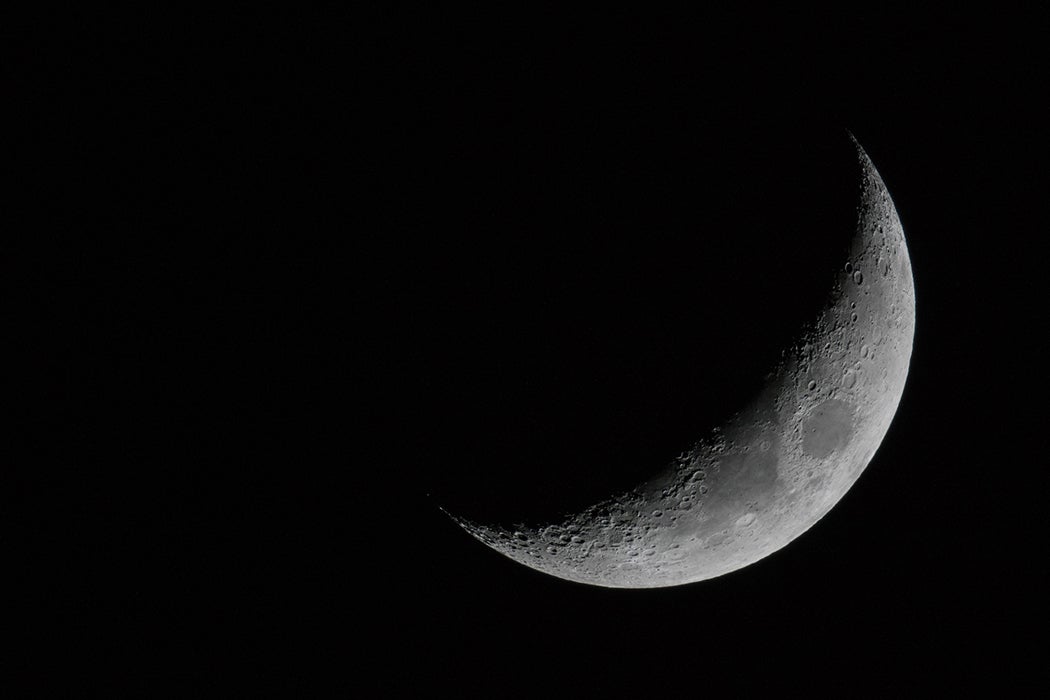The dark side of the moon is more than a cool name for a classic rock album. To wit, a Chinese unmanned probe has an ambitious 2018 mission to reach that far side of Earth’s favorite sidekick. The moon is tidally locked to Earth, meaning that the same side faces Earth all the time. Orbiting craft have taken photos but no mission, manned or unmanned, has ever landed on the far side of the moon. So what’s there?
For starters, “dark side” is a misnomer. The far side may be constantly facing away from Earth, but as it orbits the Earth it sometimes faces the sun just as the bright side does. Thus the far side is subject to the same day/night temperature extremes as the side facing Earth.
When it comes to geology, however, the two sides of the moon are quite divergent. A glance at the moon on a clear night reveals numerous dark patches on the surface. These are the maria, or seas. Once believed to be water (hence the name), the maria are actually basalt, a dark-colored igneous rock. The moon once had a large magma component, likely a result of the large collision that probably formed it about 4.5 billion years ago. Significant impacts on the early lunar surface forced magma to erupt. The magma pooled in large basins, where it cooled into the dark basalt. The far side mostly lacks these features. Iron and radioactive elements are also mostly concentrated on the near side.
Even without landing, orbiting craft have still been able to obtain a lot of information about the moon’s far side. Photographs reveal that the far side is much more rugged, with higher and steeper peaks and valleys. By analyzing the influence of gravity on the orbiter on each side of the moon, researchers were able to determine that the crust of the moon is much thicker on the far side compared to the near side. The far side also has more “relaxed” features, where magma flowed back into the dent formed by a powerful impact. The thicker crust on the far side allowed impacts to penetrate more deeply to where rocks at the time (right after the magma solidified) were still slightly flexible and able to rebound up the hole. On the near side, large impacts might have completely demolished the thinner crust, so there was nothing to rebound.
There is of course some overlap between the near and far sides. The hemispheres do not align perfectly. But in general, the liquid magma that existed on the moon during and soon after the moon’s formation cooled and hardened on the far side earlier than on the near side. The reason is not certain, but one possibility is that heat from radioactive decay may have helped slow the near side’s cooling.
Weekly Newsletter
There may well be more to the story. It is still not completely certain why the near and far sides of the moon are so different. There are still anomalies to be explained, and surely a huge bombardment of meteorites billions of years ago (when the maria formed) complicated the development of the early moon. The Chinese mission has a long to-do list, including an attempt to establish a self-contained ecosystem, but hopefully it will also help resolve the longstanding mystery of the moon’s two halves.







